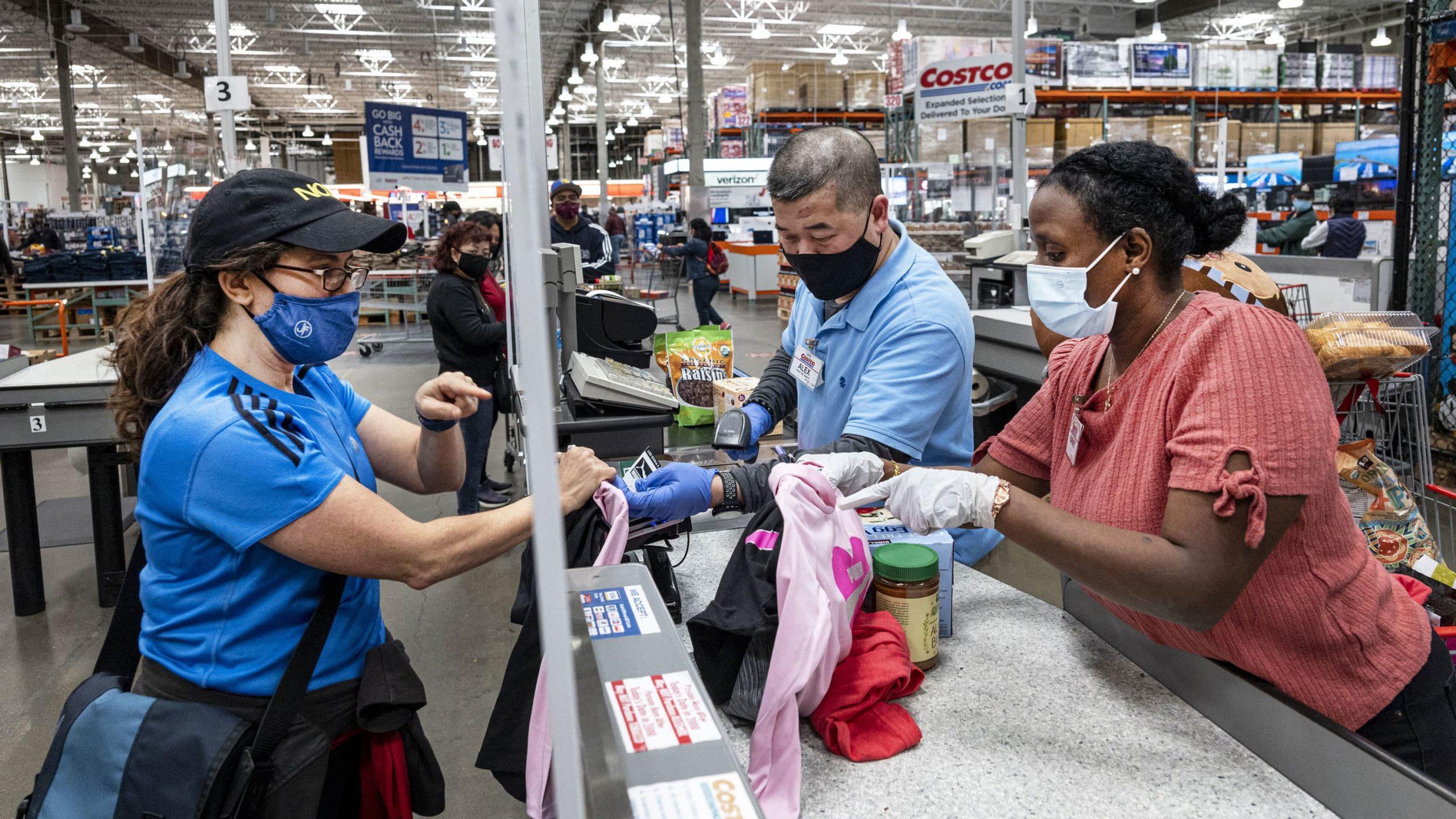
Consumers spent at a much faster pace than expected in September, defying expectations for a pullback amid pervasive supply chain problems, the Census Bureau reported Friday.
Retail sales for the month increased by 0.7%, against the Dow Jones estimate for a decline of 0.2%. Excluding auto-related sales, the number rose 0.8%, better than the 0.5% forecast.
Compared with a year ago, sales were up 13.9% on the headline number and 15.6% excluding autos.
The increase came during a month when the government ended the enhanced benefits it had been providing during the Covid-19 pandemic and against forecasts that growth would slow in the third quarter due to the delta variant spread and a perceived pullback in consumer activity.
But spending accelerated as coronavirus cases continued to drop.
“Students heading back to school and workers returning to the office are likely the catalysts for the increased retail sales,” said Natalie Kotlyar, national leader of BDO’s retail and consumer products practice. “People who are back to working in a downtown office may be taking more shopping trips on their lunch break or after work. With school back in session and many teens vaccinated, parents may also be more comfortable allowing their teens to take shopping trips to the mall.”
Sporting goods, music and book stores led the way with a 3.7% increase. General merchandise increased 2% while miscellaneous retailers rose 1.8%. As gas prices pushed higher, spending at fuel stations jumped 1.8%, for a 38.2% surge over the past year.
Food and beverage spending increased 0.7%, though restaurants and bars saw a gain of just 0.3%, a sign that fears over the virus may have kept some people at home. Food and drinking establishment spending is up 29.5% over the past year.
Online sales rose 0.6% for the month, while auto sales increased 0.5% despite inventory problems brought on by a shortage in semiconductors.
However, doubts remained about whether the sales strength can continue.
“Services spending may see some renewed strength over the next couple of months, as virus cases continue to drop back,” Capital Economics senior U.S. economist Andrew Hunter wrote. “But with goods shortages likely to persist, and the resulting surge in prices eating into real incomes, we expect consumption growth to remain subdued.”
The spending increases persisted against a backdrop of unexpectedly resilient inflation, which is running around 30-year highs. The consumer price index, which measures the cost of a variety of goods and services, rose another 0.4% in September and is up 5.4% from a year ago, though the gain was smaller when stripping out food and energy.
Inflation is being pushed higher by supply chain problems that have seen massive backups at ships along the California coast and prompted President Joe Biden to order the ports to stay open 24 hours.
Still, there are concerns that the supply problem will hamper the upcoming holiday shopping season, and consumers are being encouraged to shop now to avoid problems later.
Become a smarter investor with CNBC Pro.
Get stock picks, analyst calls, exclusive interviews and access to CNBC TV.
Sign up to start a free trial today.
Correction: Natalie Kotlyar is the national leader of BDO’s retail and consumer products practice. A previous version misspelled her last name.


 Signal2forex.com - Best Forex robots and signals
Signal2forex.com - Best Forex robots and signals




